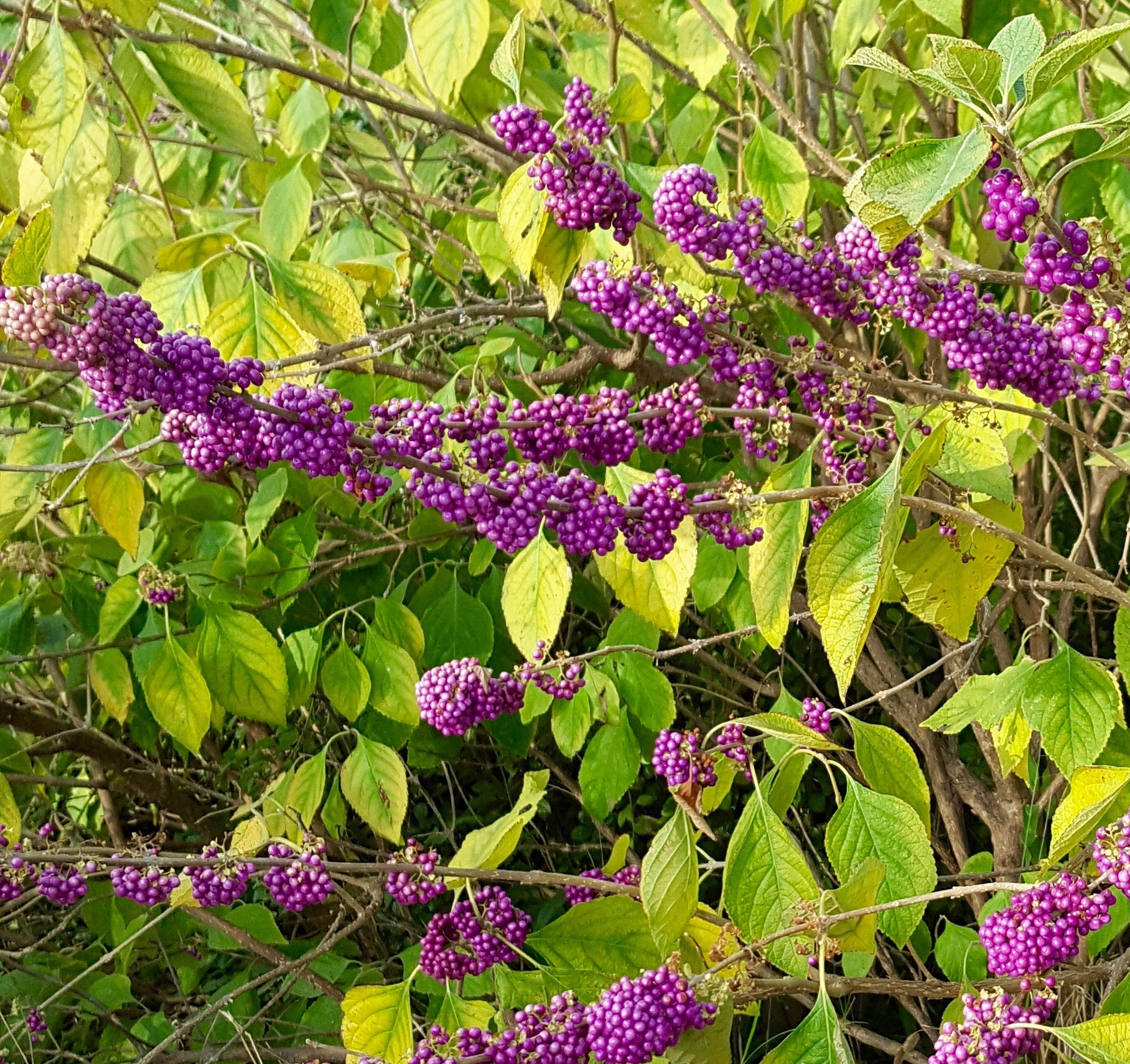
September Highlights
Although it flowers in the spring, AMERICAN BEAUTYBERRY is best known for its clusters of glossy, iridescent-purple fruit that hug the branches at leaf axils in the fall and winter. It makes a beautiful understory shrub with a loose, graceful arching form.
FUN FACT: Farmers used to crush the leaves and place them under the harnesses of horses and mules to repel mosquitos.
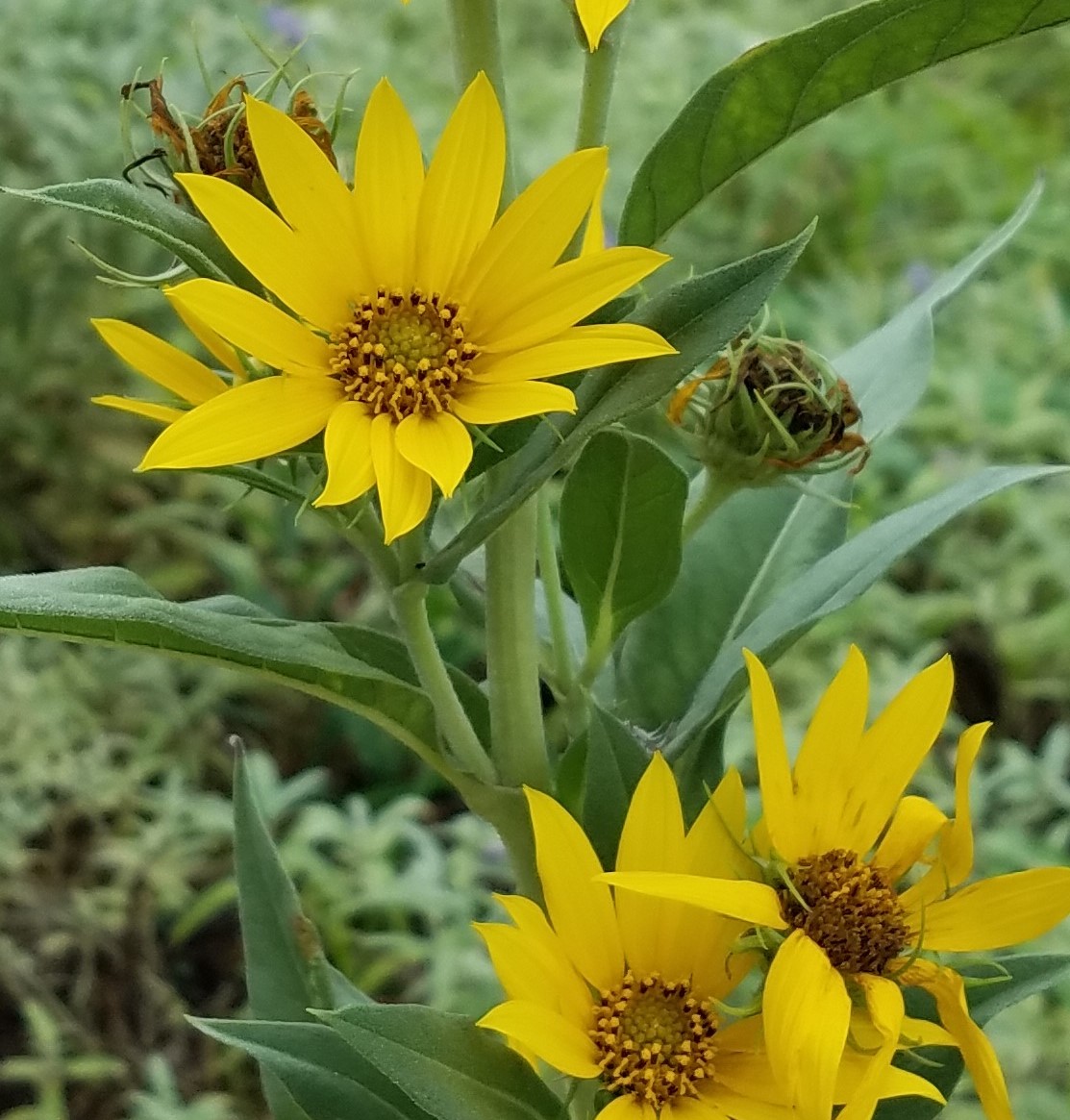
The native prairie perennial, MAXIMILIAN SUNFLOWER, grows 6 feet tall and flowers from August through November towering over surrounding vegetation. Multiple 3 inch flowers on each stalk make it a valuable plant for bees and butterflies throughout the fall and birds over winter.
FUN FACT: The common name honors German Prince Maximilian of Wied-Neuwied who explored parts of the American West in 1832-1834.
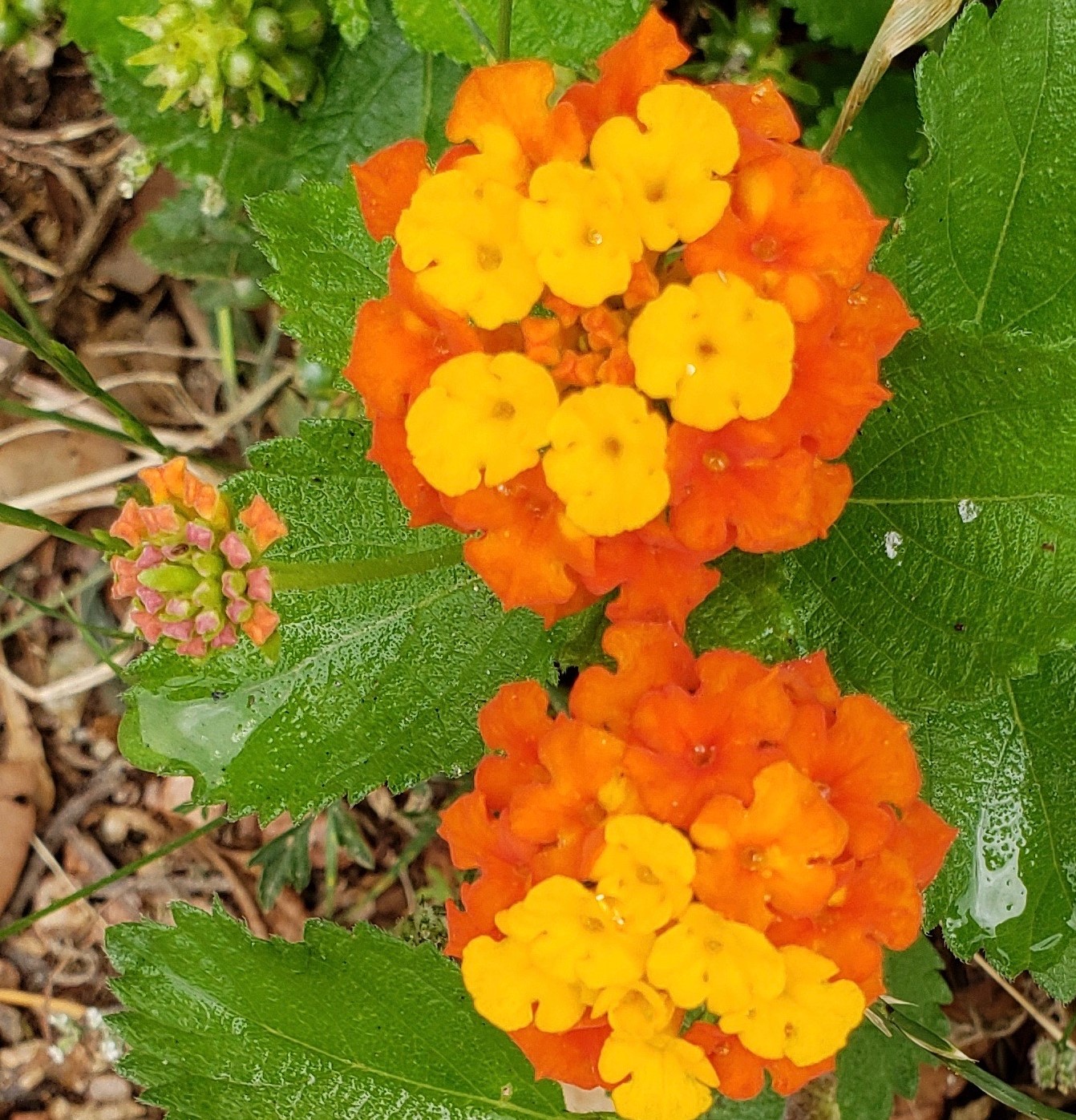
TEXAS LANTANA is often the first and best choice for gardeners looking for a drought-tolerant, heat-resistant and colorful shrub for their Texas landscapes. Hummingbirds and butterflies find irresistible.
FUN FACT: This shrub is often called “Calico Bush” for the patchwork colors in its blooms whose individual flowers turn from yellow to orange to red as they age.
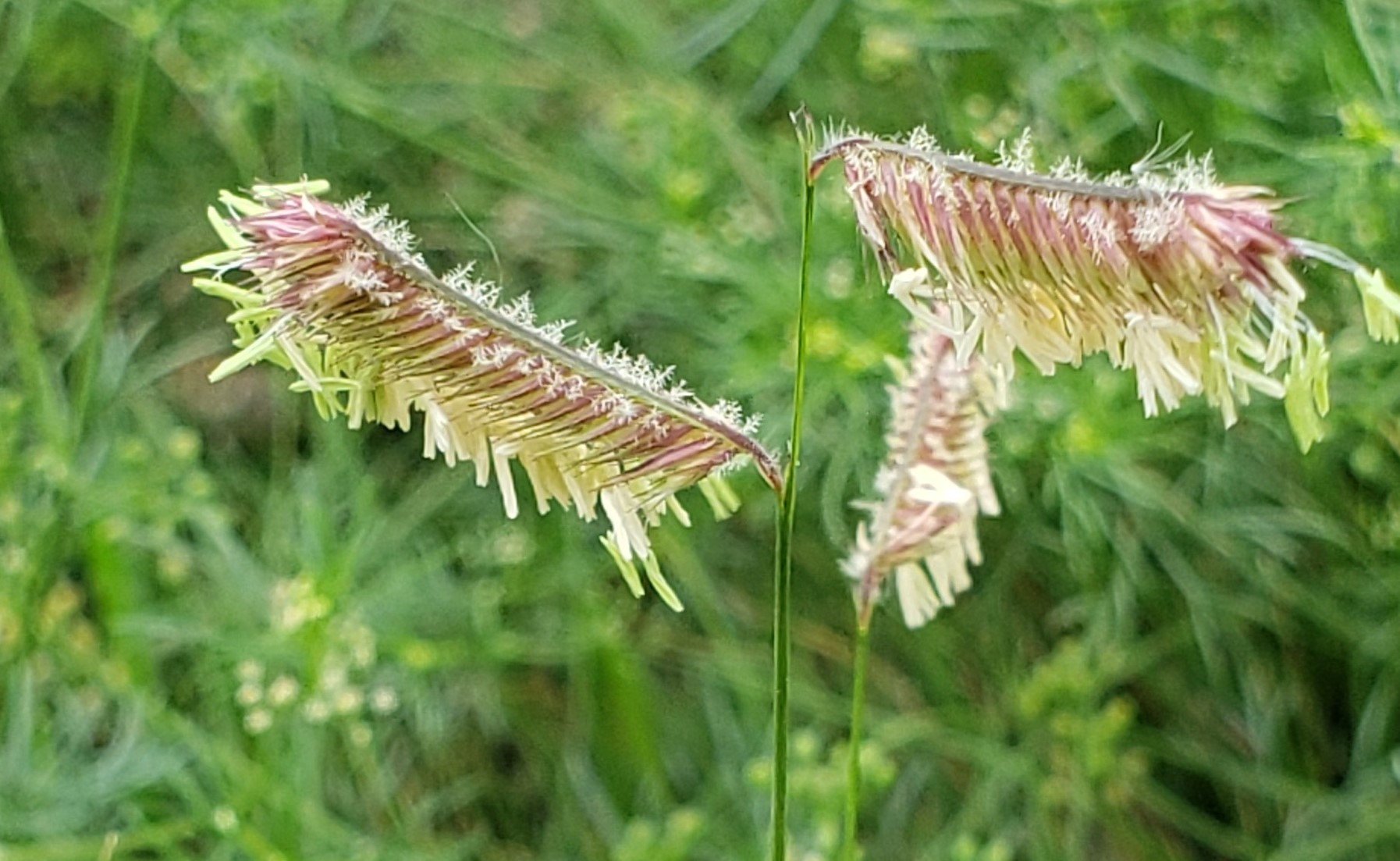
October Highlights
BLUE GRAMA grass is the most drought-tolerant native turf grass and can survive with as little as 7 inches of rain annually. It is one of the five native grasses that make up the museum’s native lawns.
FUN FACT: It’s also called “Signal-arm grass” due to seedhead's ninety degree angle from the stalk and “Eyelash grass” due to the unique arrangement of sharp, curved spikelets that resemble eyelashes.
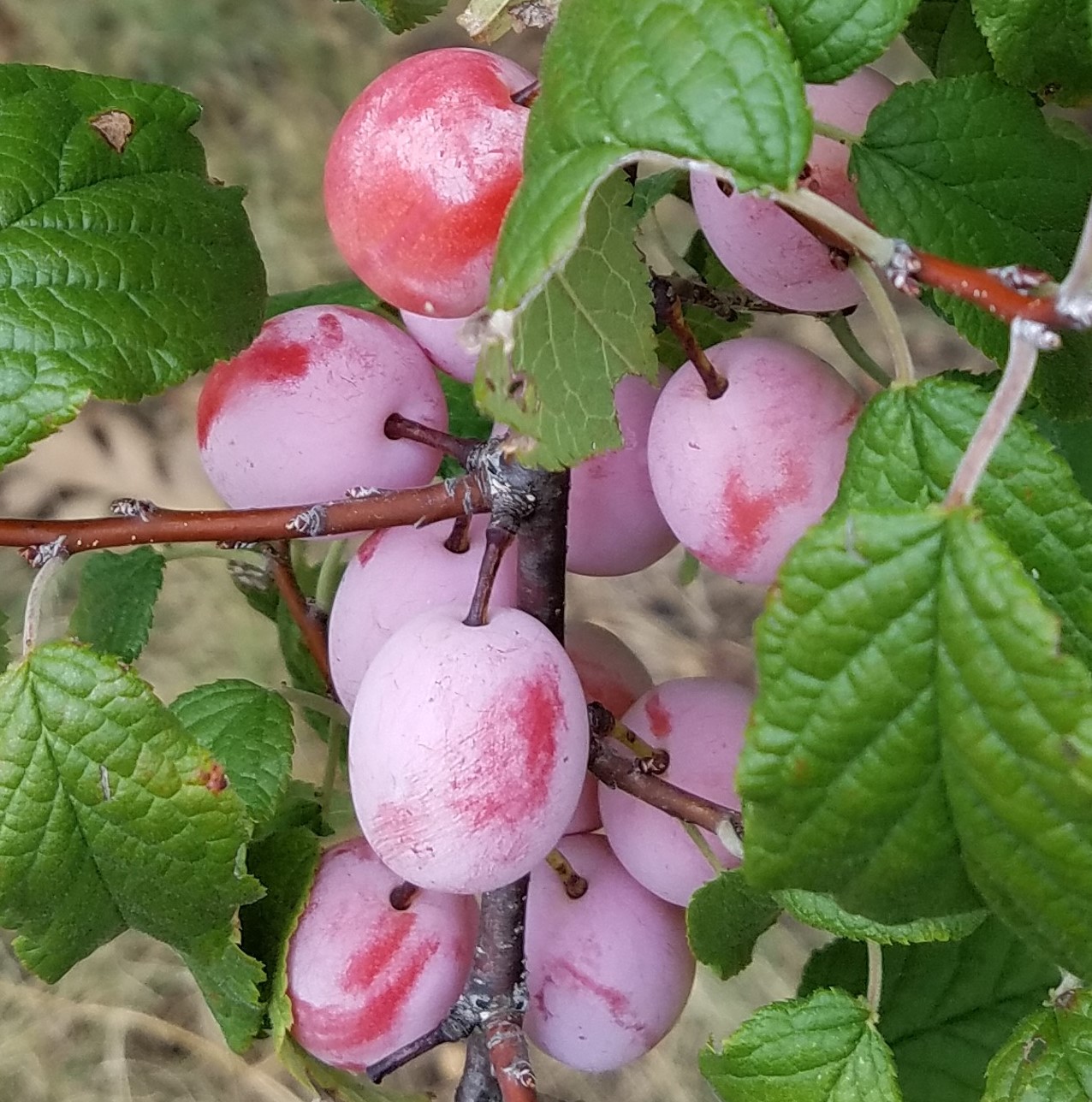
It’s hard to miss the fall fruit of the MEXICAN PLUM tree. They turn from yellow to mauve to purple as they ripen July through September. The plums provide food for birds and mammals in the park.
FUN FACT: The trees are drought tolerant and make an excellent substitute for Bradford Pear in the home landscape. The spring blossoms are a showstopper!
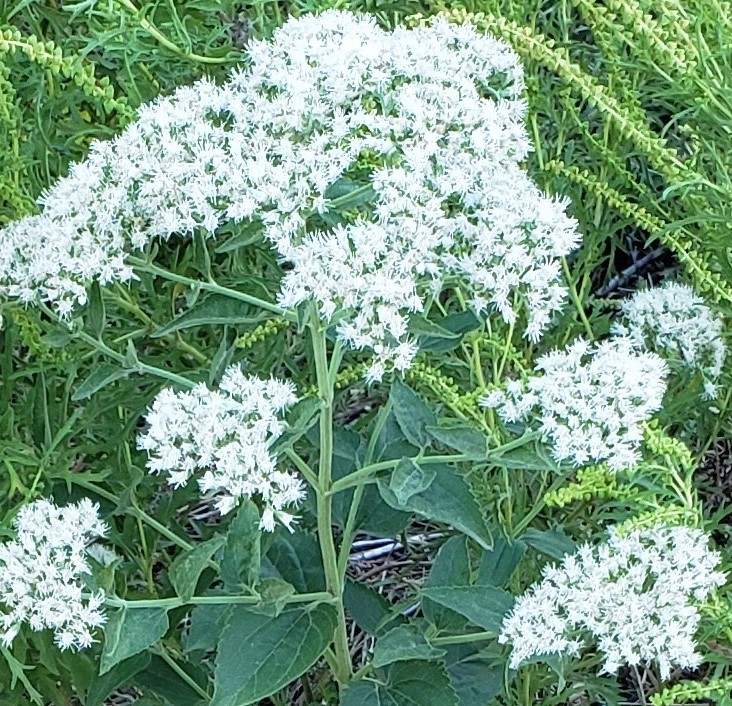
Flowering from September-November LATE-FLOWERING BONESET blooms just in time to feed the host of butterflies that pass through the park. It’s considered a stopgap plant as it blooms after the coneflowers and butterfly weed wane, but before golden rod starts to blossom. Monarch butterflies love this plant.
FUN FACT: Small white flowers are grouped into larger flower heads forming a “landing pad” for butterflies to perch on while they sip nectar and sunbathe.
November Highlights
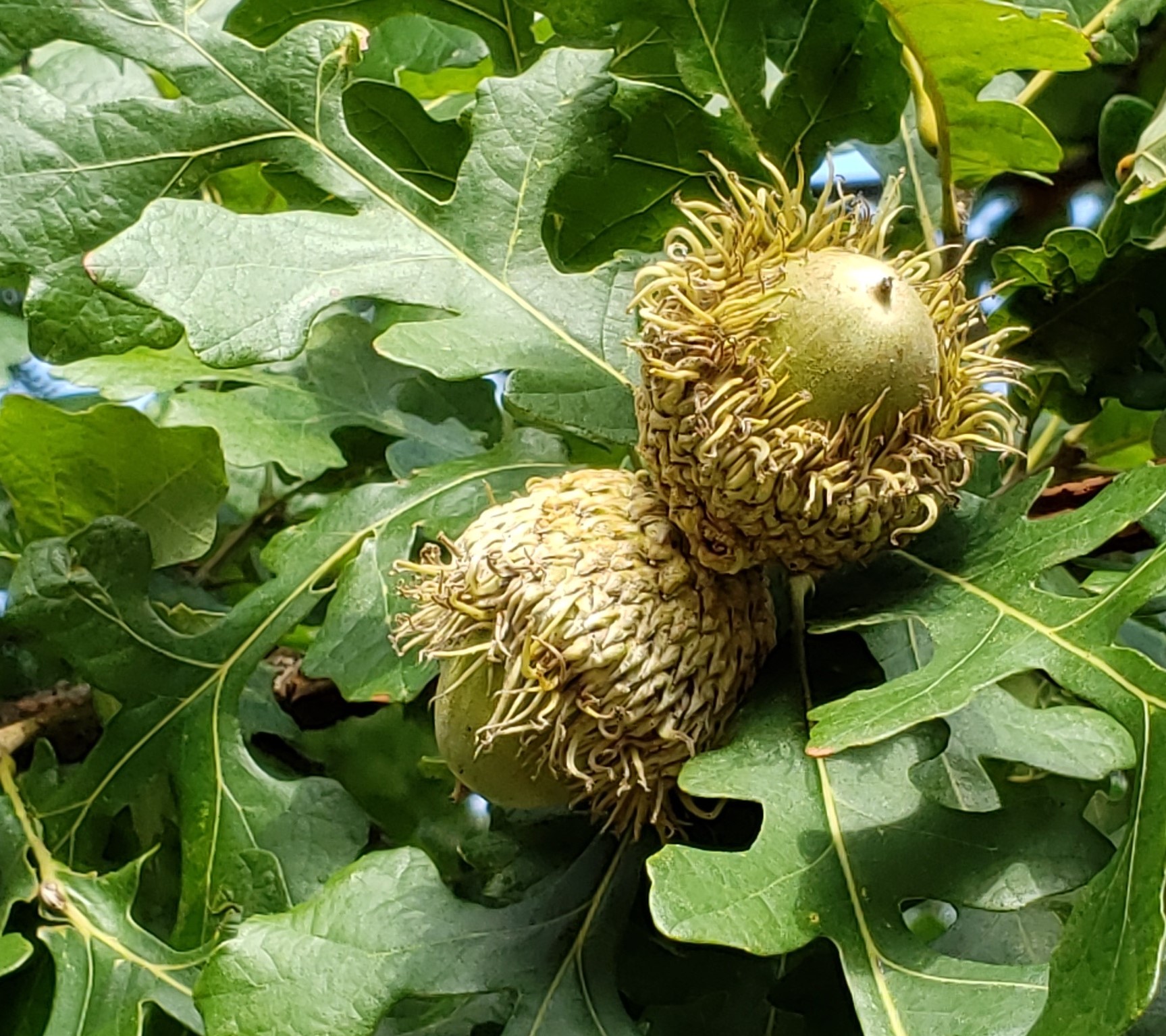
“Large” is the word for the BUR OAK tree. Its Latin species name—“macrocarpa”—means “with large fruit.” Its acorns are as big as golf balls with a distinct fringed cap and its leaves can measure 9 inches long. Bur oaks can grow to 100 feet high and live for 200-300 years.
FUN FACT: Bur oak is a good urban shade tree since it is resistant to air pollution and car exhaust. We have several examples of this native Texas tree in the park.
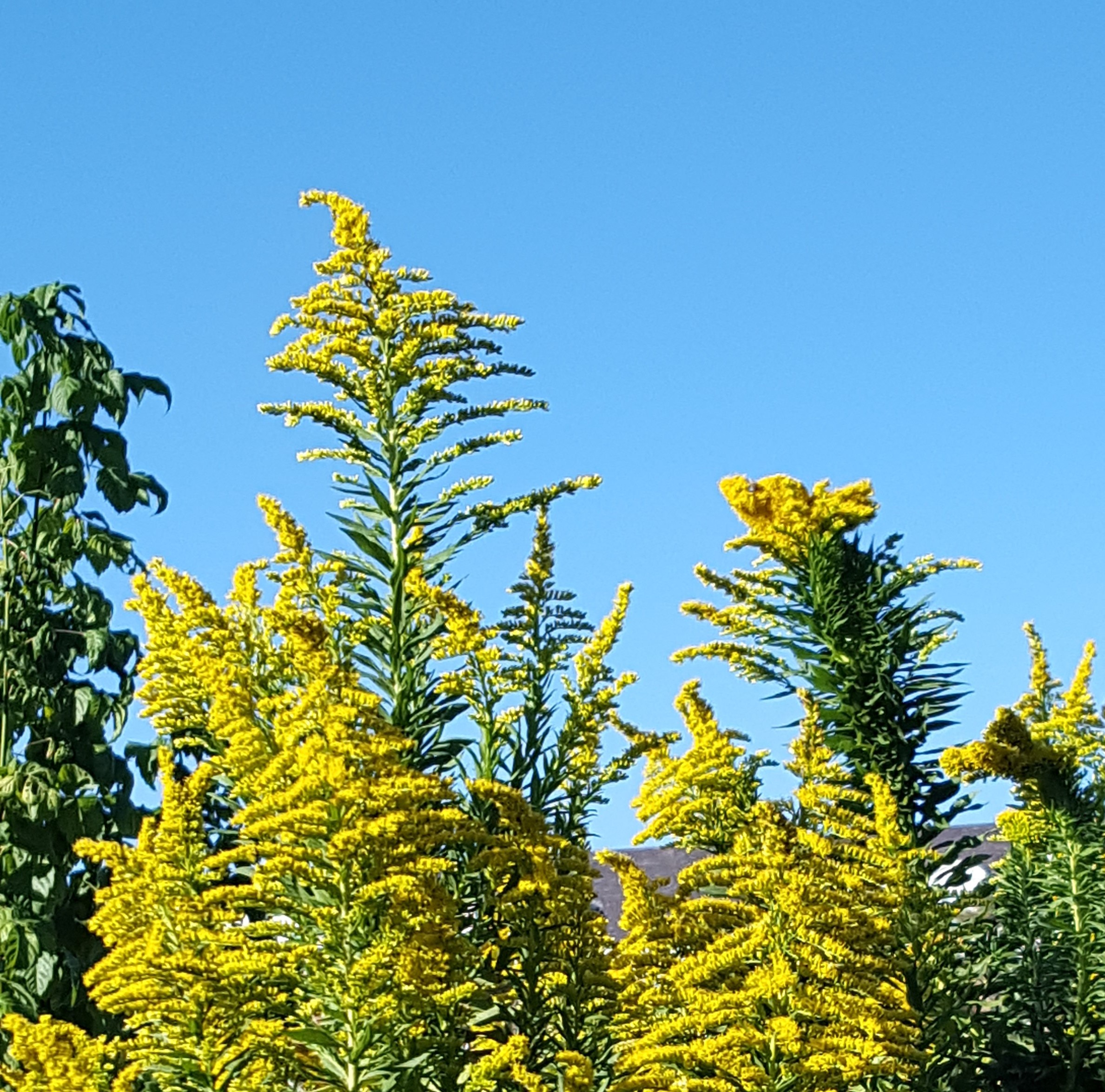
The GOLDENROD in the park is outstanding in the fall! It grows in arching clusters up to 6 feet tall, its yellow flowers provides nectar for monarchs, honeybees and other pollinators passing through.
FUN FACT: Many people confuse goldenrod with the allergen ragweed. They don’t look anything alike (ragweed has green flowers and grows 1-3 feet tall) and they also differ in their means of pollination. Ragweed pollinates through the air and goldenrod is pollinated by insects.
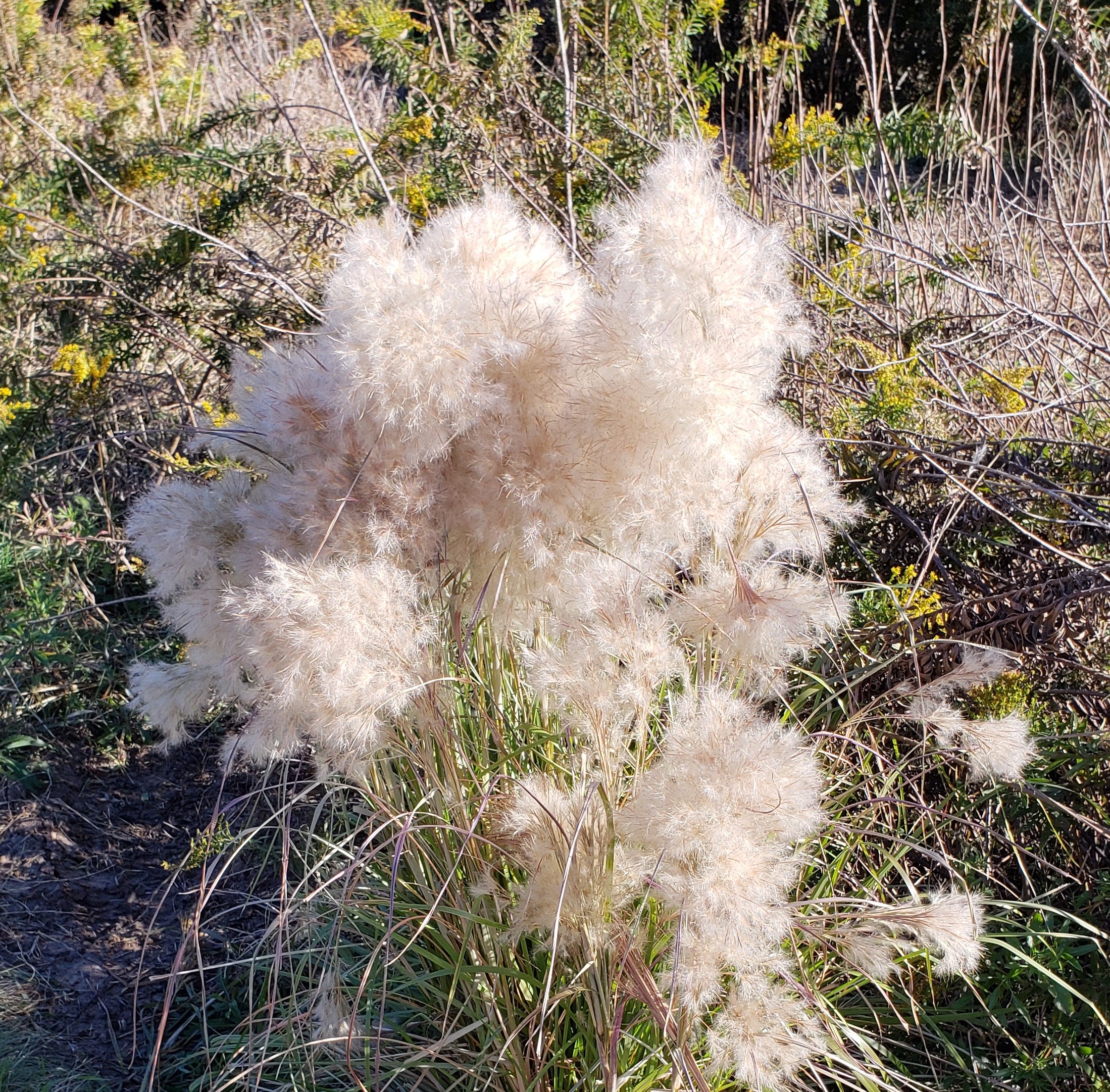
In the park, fall is the time to appreciate native grasses. Toward the end of November, notice the large, white plumes of BUSHY BLUESTEM, resembling chunks of silvery cotton candy when the sun catches them.
FUN FACT: After the seeds disperse, the sheaths that remain turn a beautiful cinnamon color throughout the winter—making this grass a “two-for” in terms of visual appeal in the landscape.